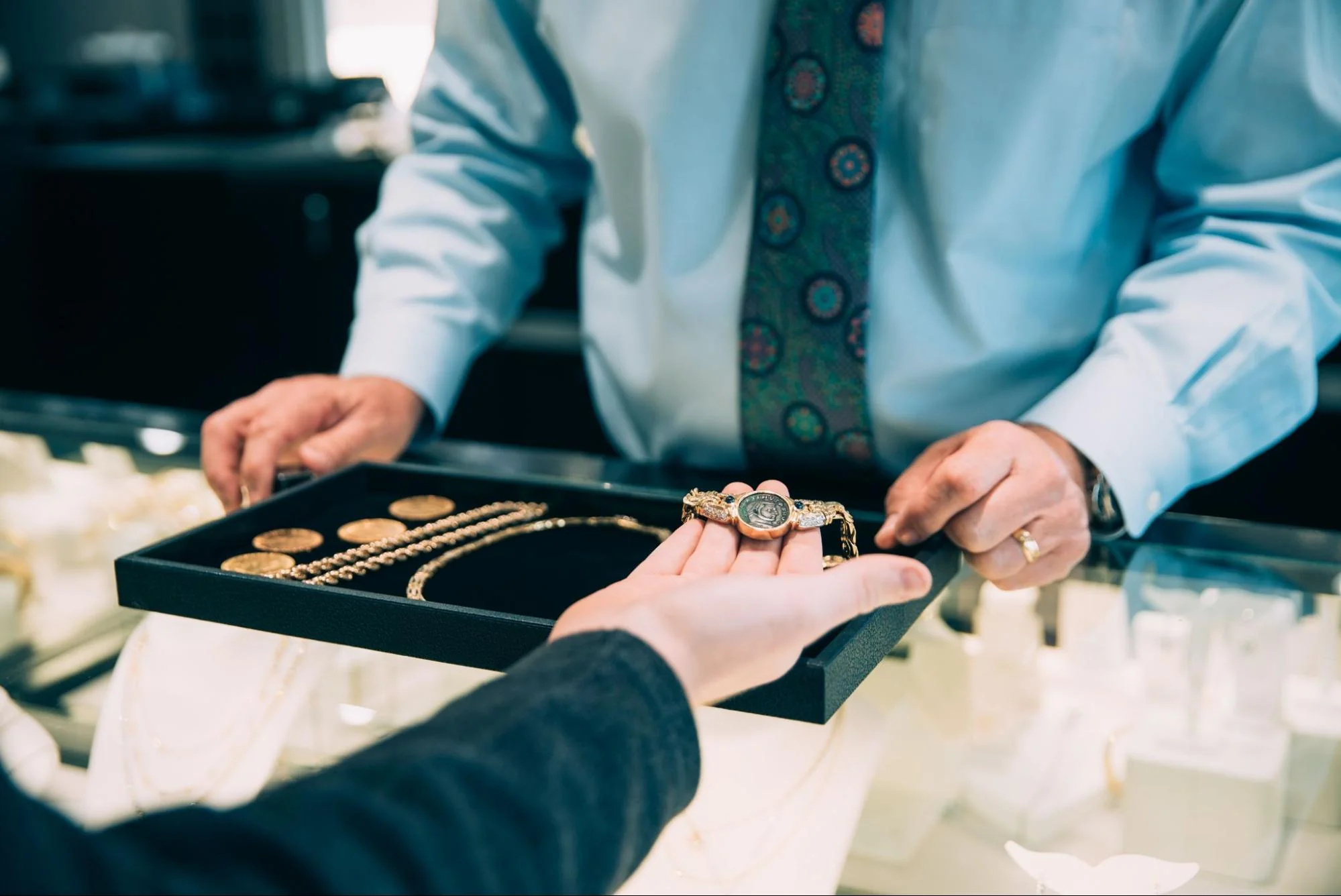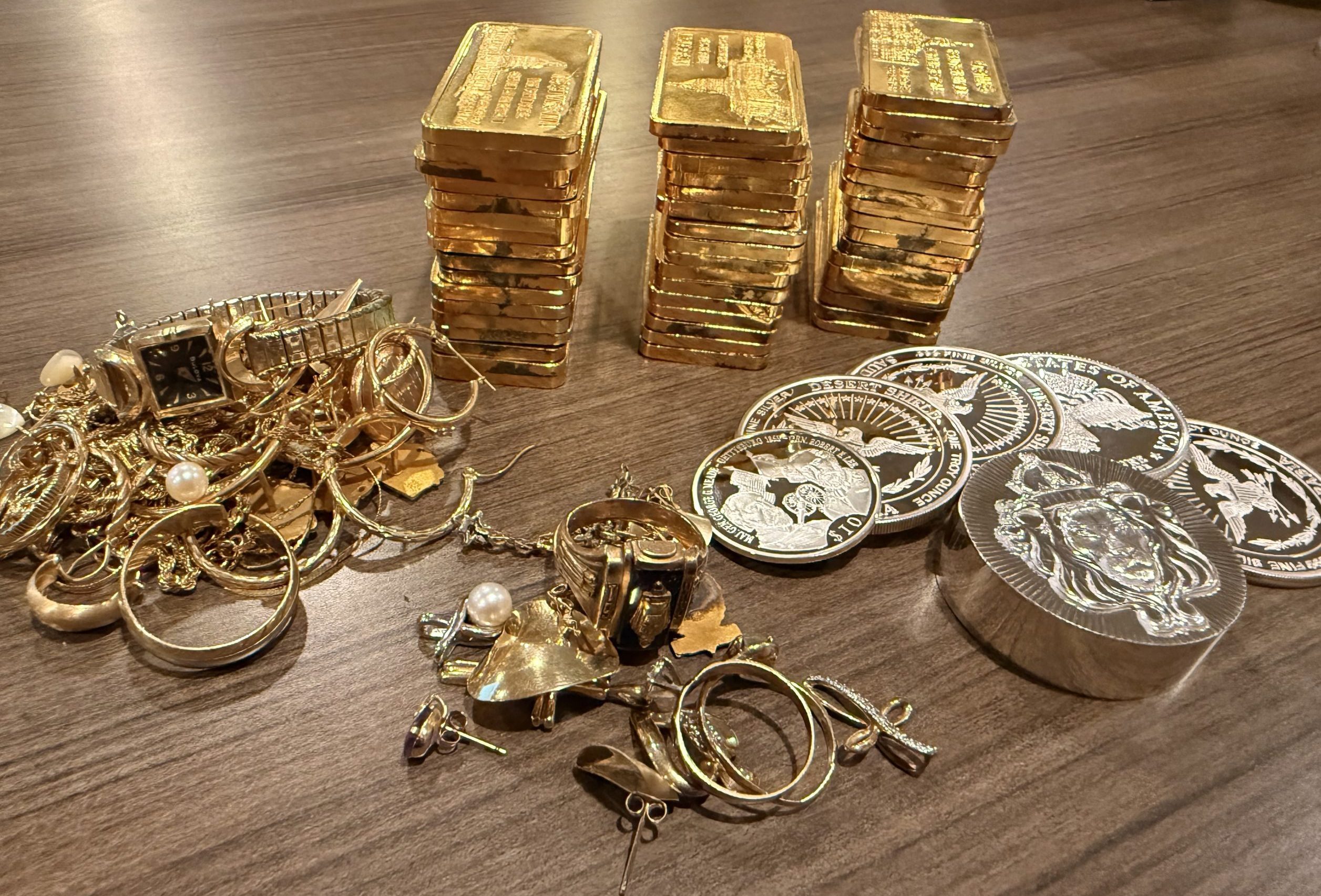If you’ve ever inherited jewelry, found something shiny at a yard sale, or simply cleaned out your old jewelry box, you may have wondered: Is this real gold or silver? Knowing how to tell the difference can help you avoid selling something valuable for too little—or holding on to something that’s not worth much at all.
Here are some practical ways to figure it out:
🔍 1. Look for Hallmarks or Stamps
One of the quickest ways to check is by looking for small stamps on the jewelry, usually found on clasps, inside rings, or on the back of pendants.
For Gold:
-
10K, 14K, 18K, 22K, or 24K — indicates the karat (purity) of the gold.
-
585 = 14K, 750 = 18K, 916 = 22K
-
GF (Gold Filled) or GP (Gold Plated) means it’s not solid gold.
For Silver:
-
925 = sterling silver (92.5% silver)
-
.800, .900, or 999 = other silver purities
-
“Sterling” or “Ster” may also be stamped
No stamp? That doesn’t automatically mean it’s fake, but further testing is needed.
🧲 2. Use the Magnet Test
Real gold and silver are not magnetic. If a strong magnet attracts your piece, it’s likely made with a different (less valuable) metal.
Pro Tip: Some plated items have non-magnetic cores, so this isn’t a guarantee—but it’s a helpful clue!
🧪 3. Try an Acid Test Kit
Acid test kits are inexpensive and available online. They involve applying a tiny drop of acid to a small scratch on the piece. Different reactions can help determine karat level or silver purity.
⚠️ Warning: This method can damage the surface—so don’t use it on delicate or sentimental items.
🌊 4. Check for Tarnish or Discoloration
-
Silver tarnishes over time, forming a black or grayish coating—this is normal and can be polished off.
-
Gold does not tarnish. If you see green or black discoloration, especially where it touches your skin, it’s likely gold-plated or fake.
💡 5. Do a Weight & Sound Test
-
Gold and silver are dense metals—real pieces tend to feel heavier than their fakes.
-
Tapping real silver lightly with another metal often gives a high-pitched “ring,” while plated or fake metals sound dull.
🧠 6. Consult a Professional
If you’re unsure, bring your items to a reputable buyer or appraiser (like us!) for a free evaluation. Our experts can identify authenticity and give you a clear understanding of what you have—no pressure, just info.
🛍️ Bonus Tip: Don’t Forget the Value of the Piece Itself
Sometimes, even costume jewelry has collectible or vintage value. And certain pieces—like war-era or signed designer items—might be worth more than just the metal!


